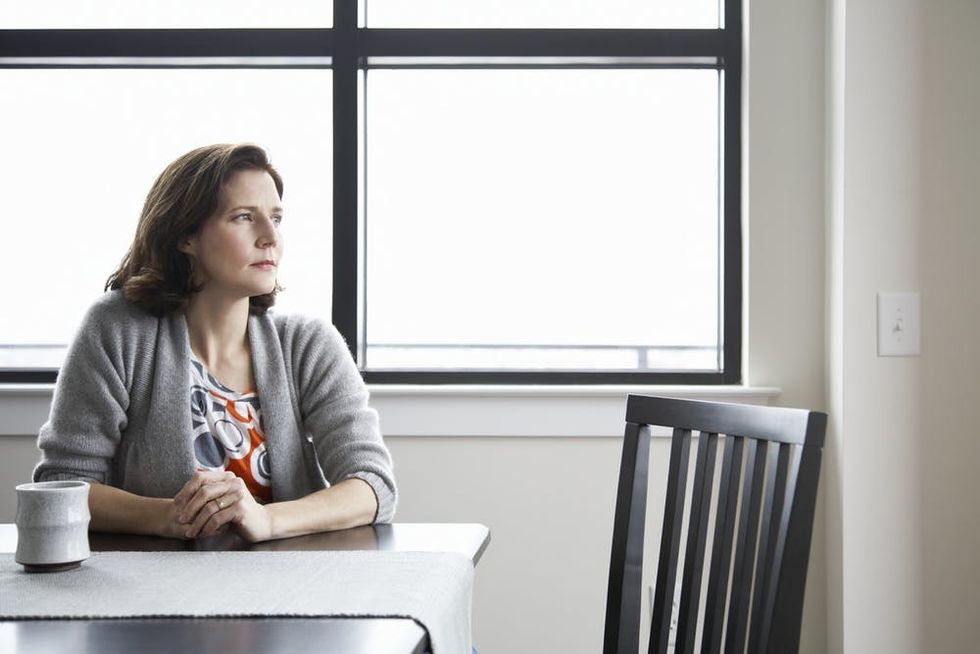How to Overcome the Unconscious Biases We All Have

In June 2016, we outpoured our love to the victims of the Orlando shooting as an act of defiance against virulent homophobia and racism — as we should have. In May 2017, we watched in horror as the terrorist attacks in Manchester and then London unfolded before our eyes — as we should have. And most recently, in August 2017, we recoiled in a combo of disgust and fury at the news of the hate rallies in Charlottesville — as we should have. Presumably, none of us were the torch-wielding white supremacists storming the streets of Charlottesville just weeks ago, but all of us, regardless of our identities, have one fundamental thing in common with them: our implicit biases. This reality might be a tough one to accept, but it’s only through acknowledging and then addressing our implicit biases that we can overcome them. We talked to Dr. James Thomas, an associate professor of sociology at the University of Mississippi, to get the scoop on implicit biases, AKA hidden biases, unconscious biases, implicit stereotypes, etc.

“Implicit biases are defined as those attitudes or beliefs we hold that affect our understanding, our actions, and our decisions, but in not-so-recognizable ways,” Thomas says. “And the term is typically used, or associated, with stereotypical attitudes and beliefs.” If you’re discouraged or dismayed by this prospect, understand that these unconscious “beliefs” are primarily a product of external forces, such as social interactions and social contexts, according to Thomas.
As you read this article, you cannot deny that you are a consumer of media. Media is a huge culprit in the perpetuation of implicit biases. “For instance, if we only ever see black and brown people portrayed as criminals on television… we will develop an implicit association between crime and people of color,” Thomas remarks. So whether we’re viewing an advertisement objectifying a woman or reading a news story demonizing a black man, we unknowingly soak up the subtexts of cultural messaging, starting at a young age. And although many of us actively choose to reject these associations on a conscious level, they are still internalized on an unconscious level.
We may lack autonomy when it comes to how and why our implicit biases are formed, but we have some control over how we cope with them. With patience and a concerted effort, implicit stereotypes can be squashed to an extent. Here’s how:
1. Treat it like a bad habit. Although this might seem like a disproportionate comparison at first (we know racism is worse than nail biting!), what it really comes down to is identifying the problem. Try taking Harvard’s Project Implicit tests. Accept the results, even if you hate them. Hold on to that feeling of disdain, and use it as a motivation to change. With this newfound sense of self-awareness, you’ll catch yourself acting on your implicit biases — such as when you laugh at an offensive joke — and you’ll take heed the next time you hear one. In time, automatic stereotyping itself may be stunted.
2. Don’t trust your gut. In reality, that “gut feeling” you’ve been trained to trust is really just your unconscious talking. When interacting with a member of a stigmatized group, ignore your gut, and focus on concrete positives and negatives when formulating judgments. Sometimes your opinion of a person will be negative, and that’s okay, but you want to ensure those negative judgments are informed by factors other than implicit biases.
3. Consider counter-examples. This tactic urges people to continually combat negative stereotypes they are forced to consume by merely living in a media-driven culture. For example, if you see a stereotypical portrayal of a gay man on a television show, refer to a friend, family member, or even a celebrity who strays from this problematic trope. In time, reminding yourself of these examples frequently enough will counteract the implicit biases.
Despite “common practices” such as these, Thomas believes the most effective way to rid ourselves of implicit stereotypes is top-down change. “A better approach is to fix the various social structures that create, and maintain, these stereotypical attitudes and beliefs,” Thomas claims. “Change the structure, we change our awareness.”
How do you conquer unconscious biases? Tweet us @BritandCo!
(Photo via Getty)











